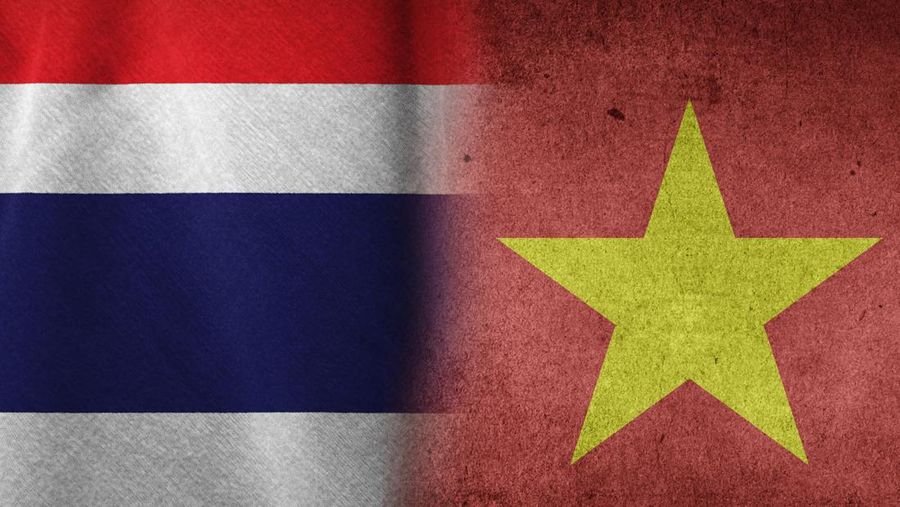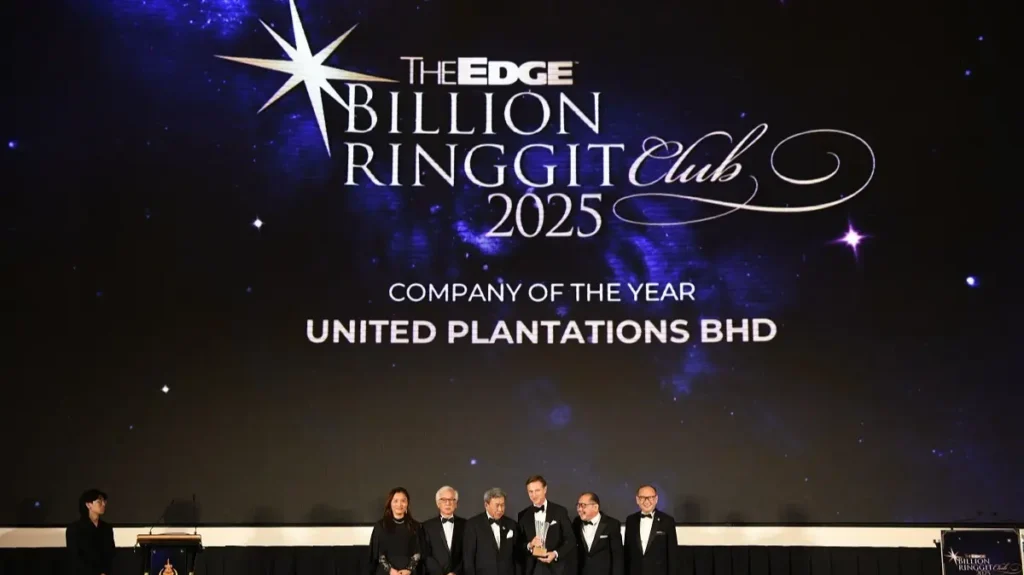Jakarta – Vietnam and the Philippines are projected to lead economic growth across the ASEAN region in 2025, outpacing traditional regional powers such as Indonesia and Malaysia, according to the World Bank’s latest Global Economic Prospects (GEP) report released in June 2025.
Amid global trade volatility and tariff-related policy uncertainty, the World Bank has revised down growth projections for nearly 70% of countries worldwide, including those in Southeast Asia. Despite these downward adjustments, Vietnam and the Philippines remain the region’s fastest-growing economies.
Vietnam is expected to grow at 5.8% in 2025 — a revision from the earlier 6.6% forecast published in January. The economy is projected to slightly rebound to 6.1% in 2026. The World Bank attributes the modest downgrade to Vietnam’s export-dependent economy, which remains highly vulnerable to global trade tensions, particularly those triggered by U.S. tariff policies under President Donald Trump’s administration.
The Philippines, another standout performer, is projected to grow at 5.3% in 2025 (down from 6.1%) and 5.4% in 2026 (previously 6%). In contrast, Indonesia’s growth forecast has been revised to 4.7% for 2025 and 4.8% for 2026 — both lowered from the 5.1% outlook earlier this year. The downgrade reflects growing fiscal and trade pressure as well as weaker-than-expected consumer demand.
Malaysia, similarly impacted by trade headwinds, is now expected to grow at 3.9% in 2025, slightly below the earlier 4.1% projection. Its 2026 outlook remains unchanged at 4.3%. Thailand faces the steepest cut among large ASEAN economies, with growth now forecast at just 1.8% in 2025 and 1.7% in 2026 — significantly lower than previous expectations.
The World Bank’s revised forecasts provide essential signals for businesses and investors across Southeast Asia. Export-oriented economies like Vietnam and Malaysia are urged to diversify their trade partnerships, while countries like Indonesia may need to boost domestic resilience and consumer confidence to offset global uncertainty.
Smaller economies are also not spared. Cambodia’s growth for 2025 is revised to 4%, down from 5.5%, with 2026 projected at 4.5%. Laos is expected to grow by just 3.5% in 2025 and 3.4% in 2026. Timor-Leste, which is slated to become an official ASEAN member in October 2025, is forecast to grow at 3.5% in 2025 and 3.4% in 2026.
Myanmar stands out for the wrong reasons: the only economy in the region projected to contract in 2025, with a -2.5% GDP change. The World Bank anticipates a recovery in 2026 with a projected 3% rebound, although uncertainty remains high.
For regional industry leaders and B2B stakeholders, these figures underscore the importance of scenario planning and adaptive strategies. With ASEAN’s economic hierarchy shifting, agility and cross-border collaboration will be critical to navigating the evolving Southeast Asian market landscape.






